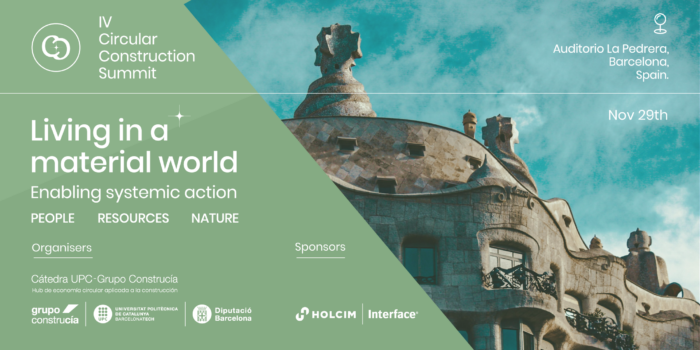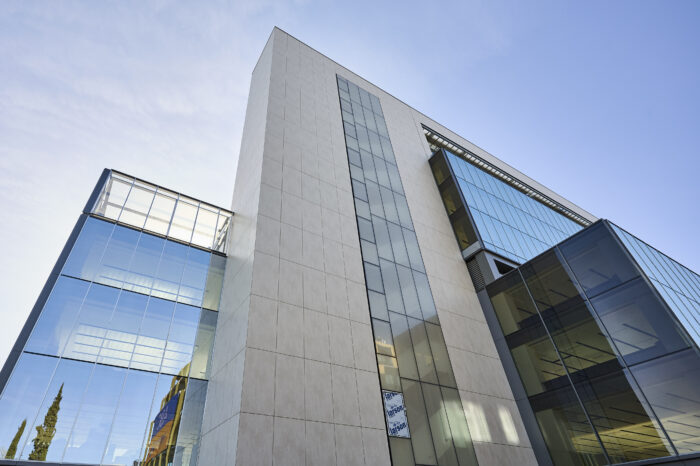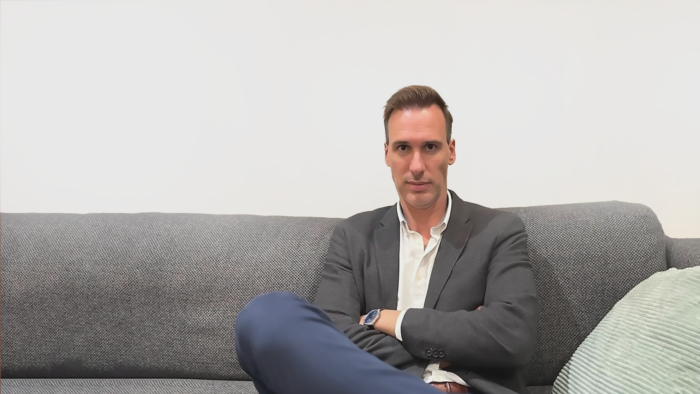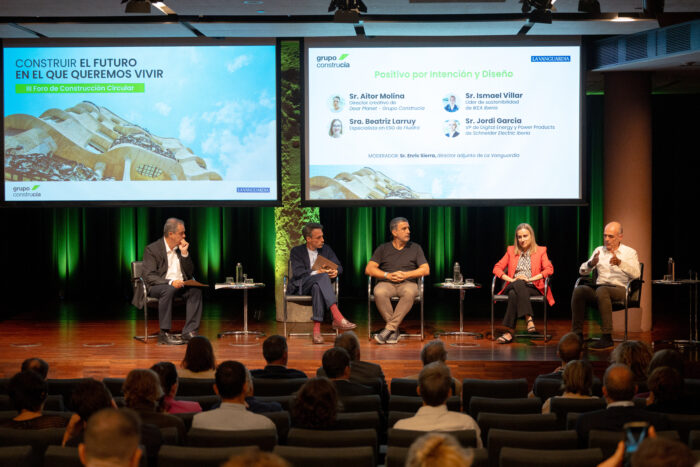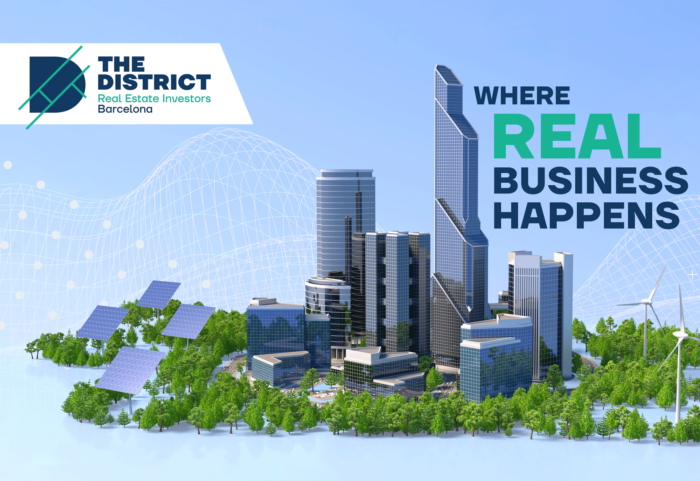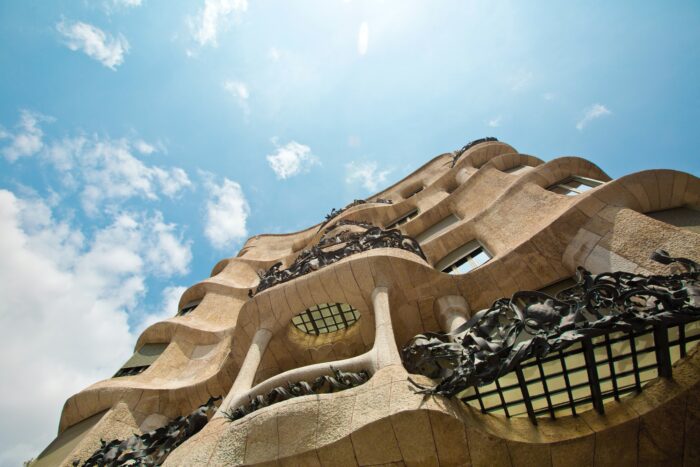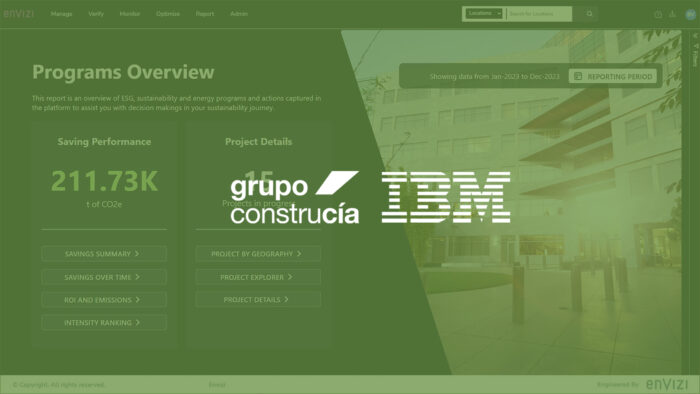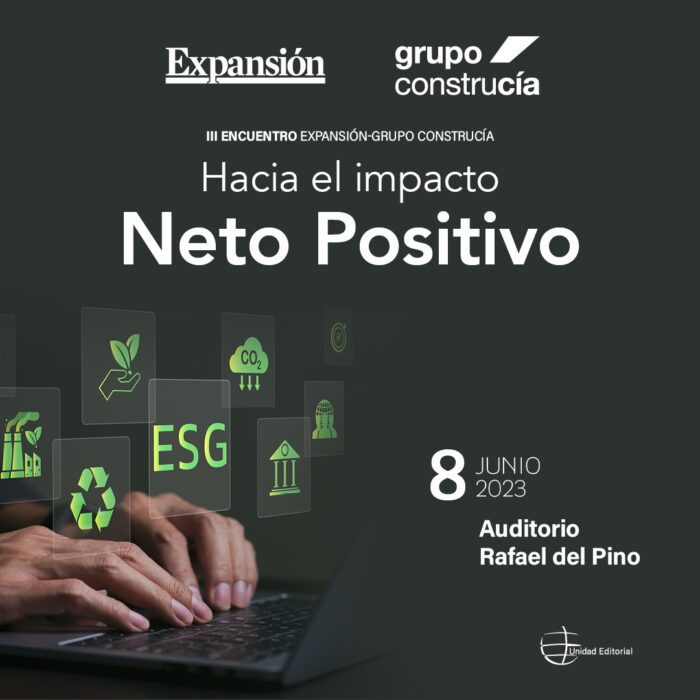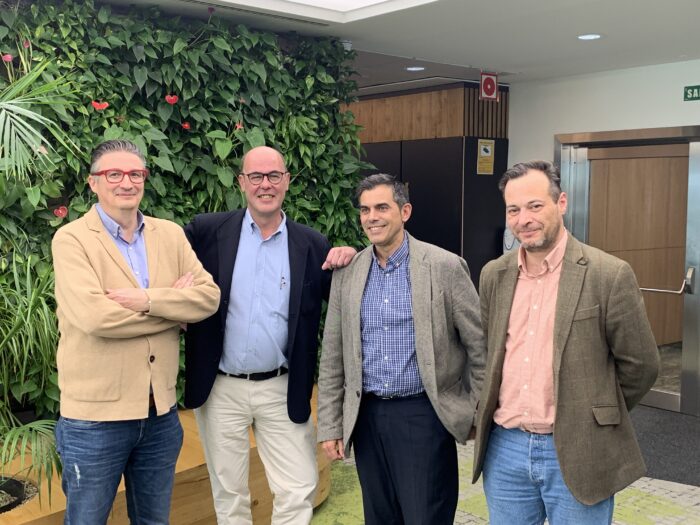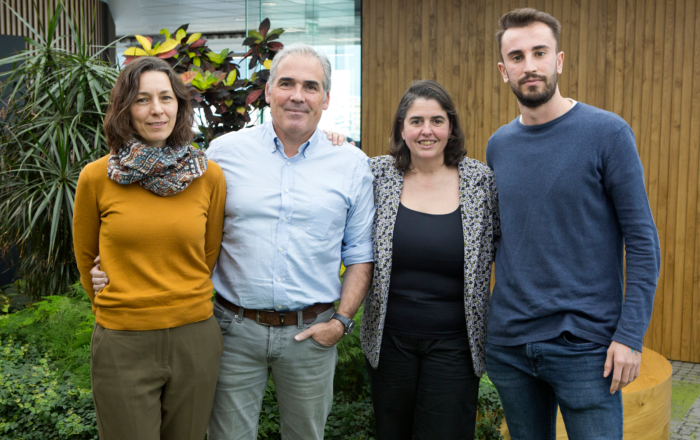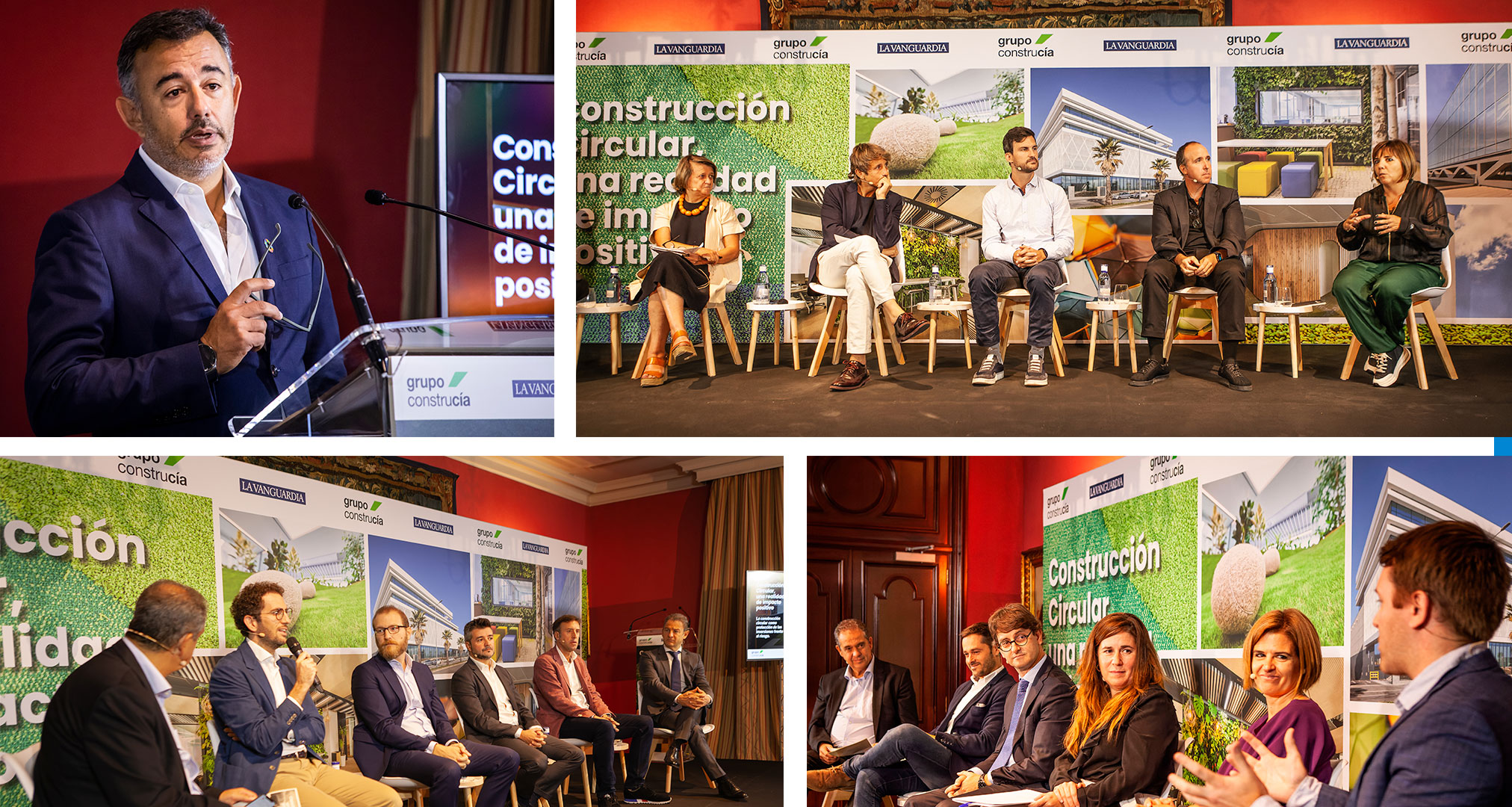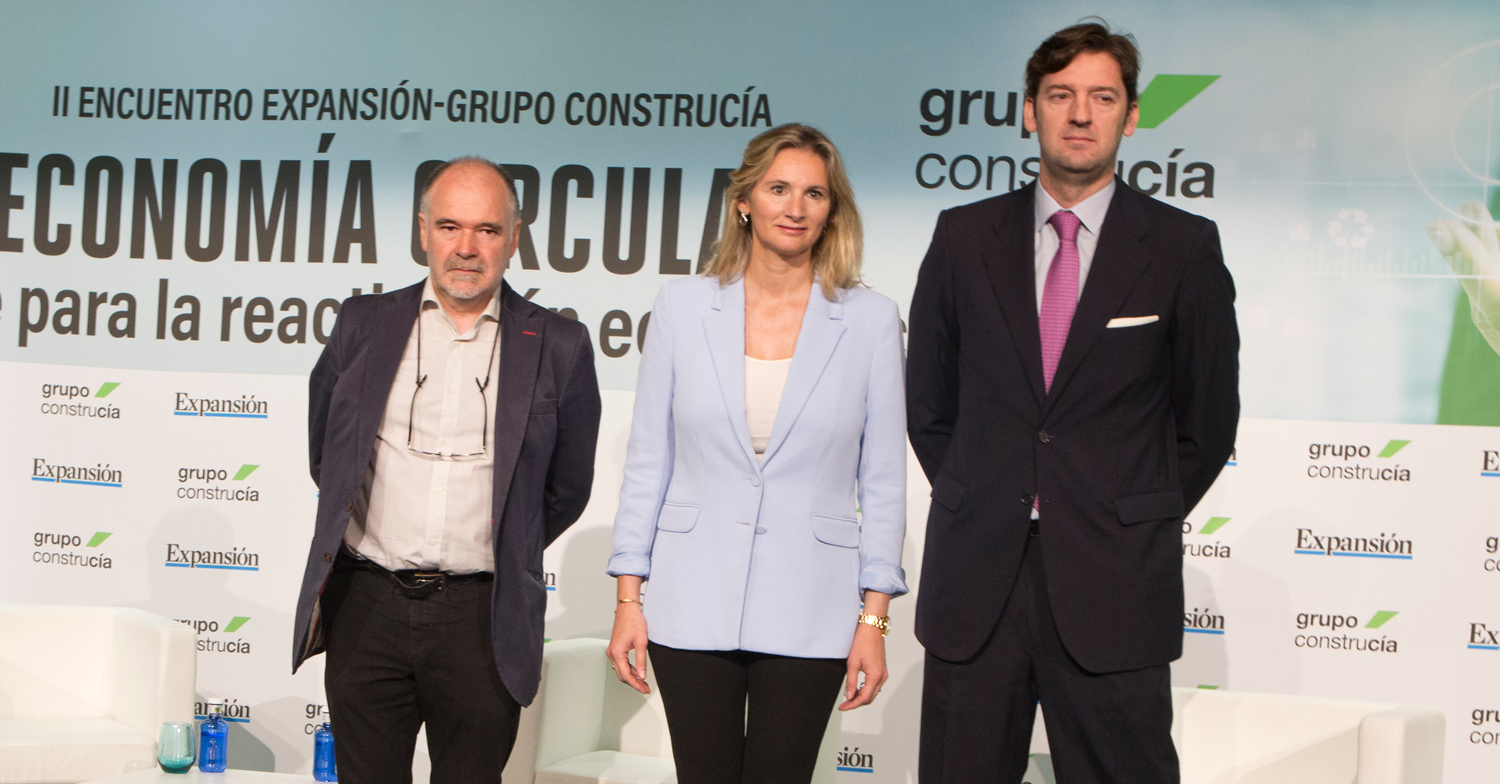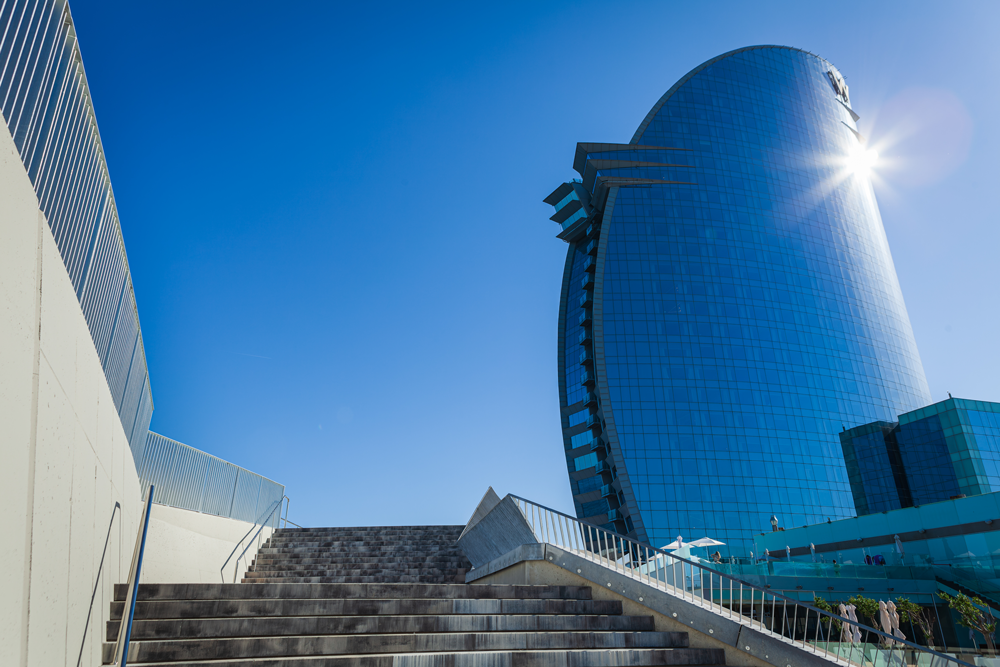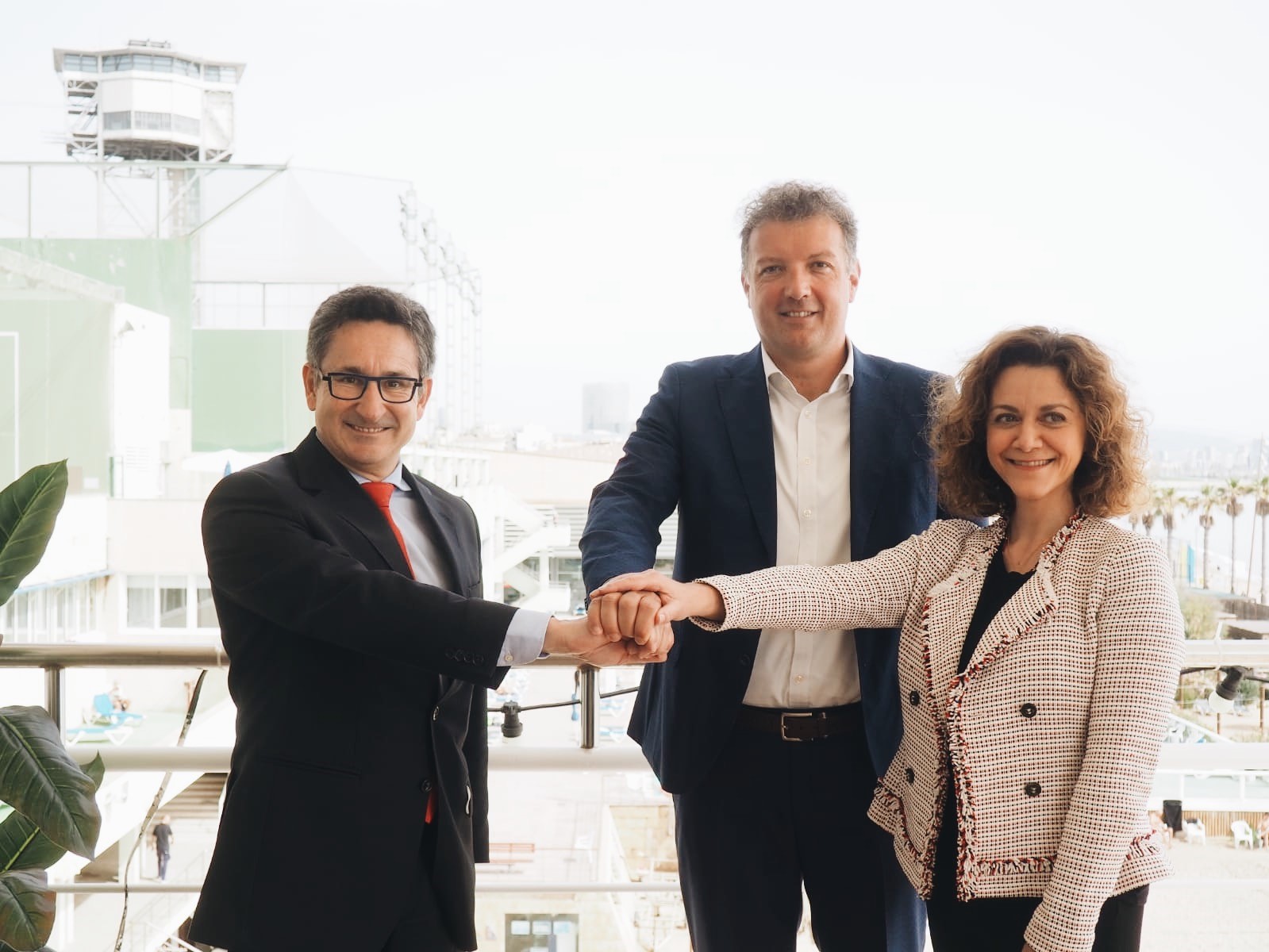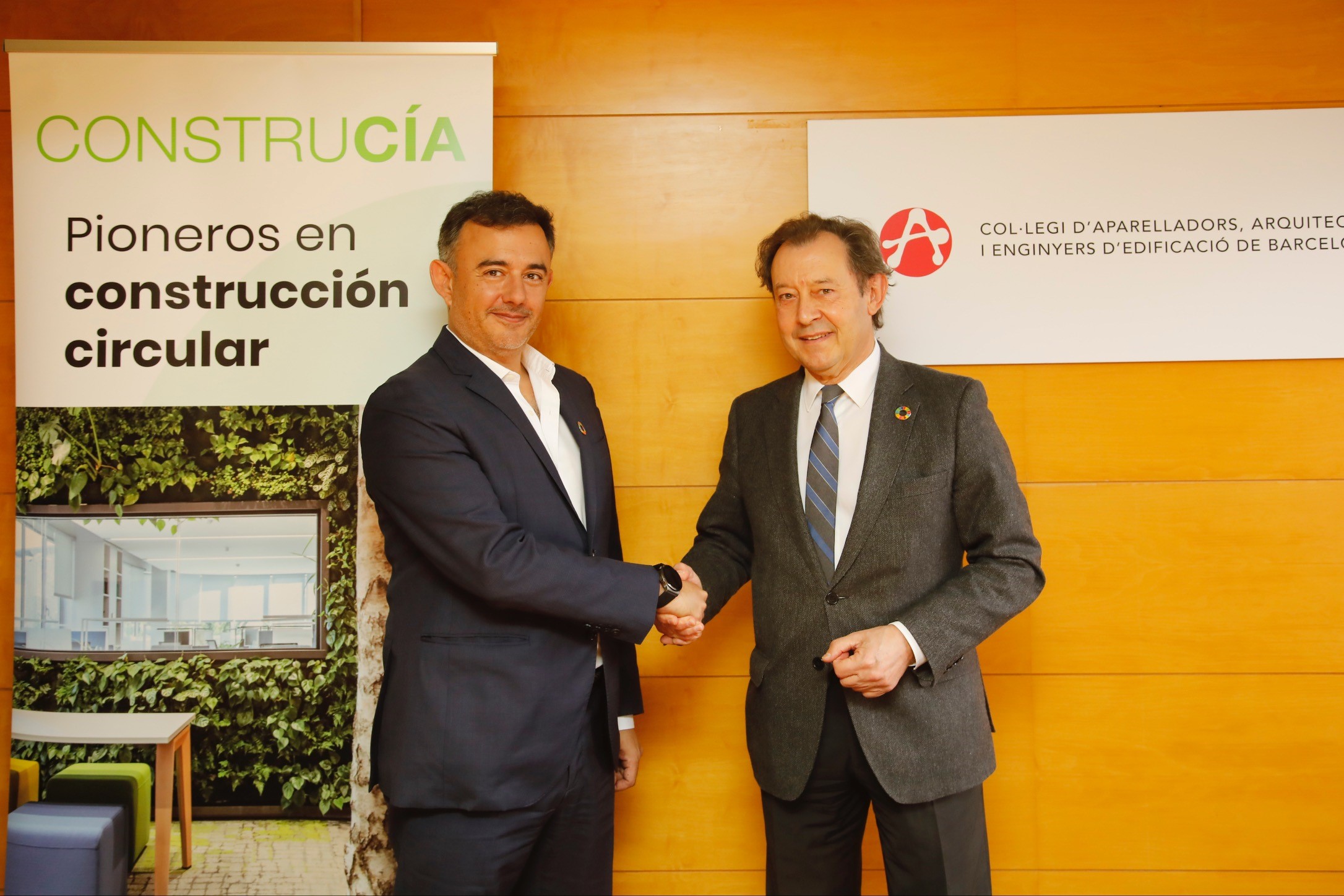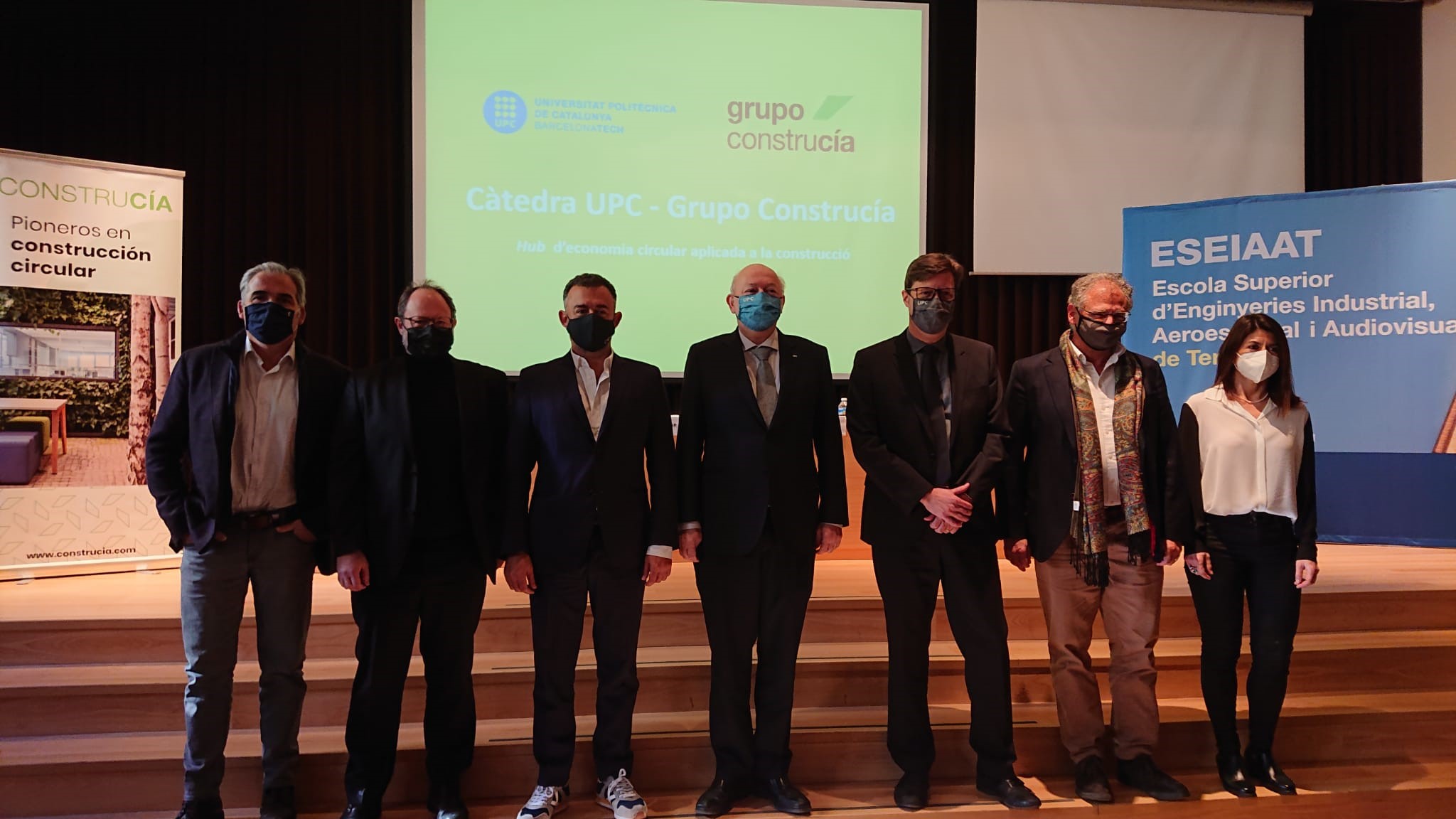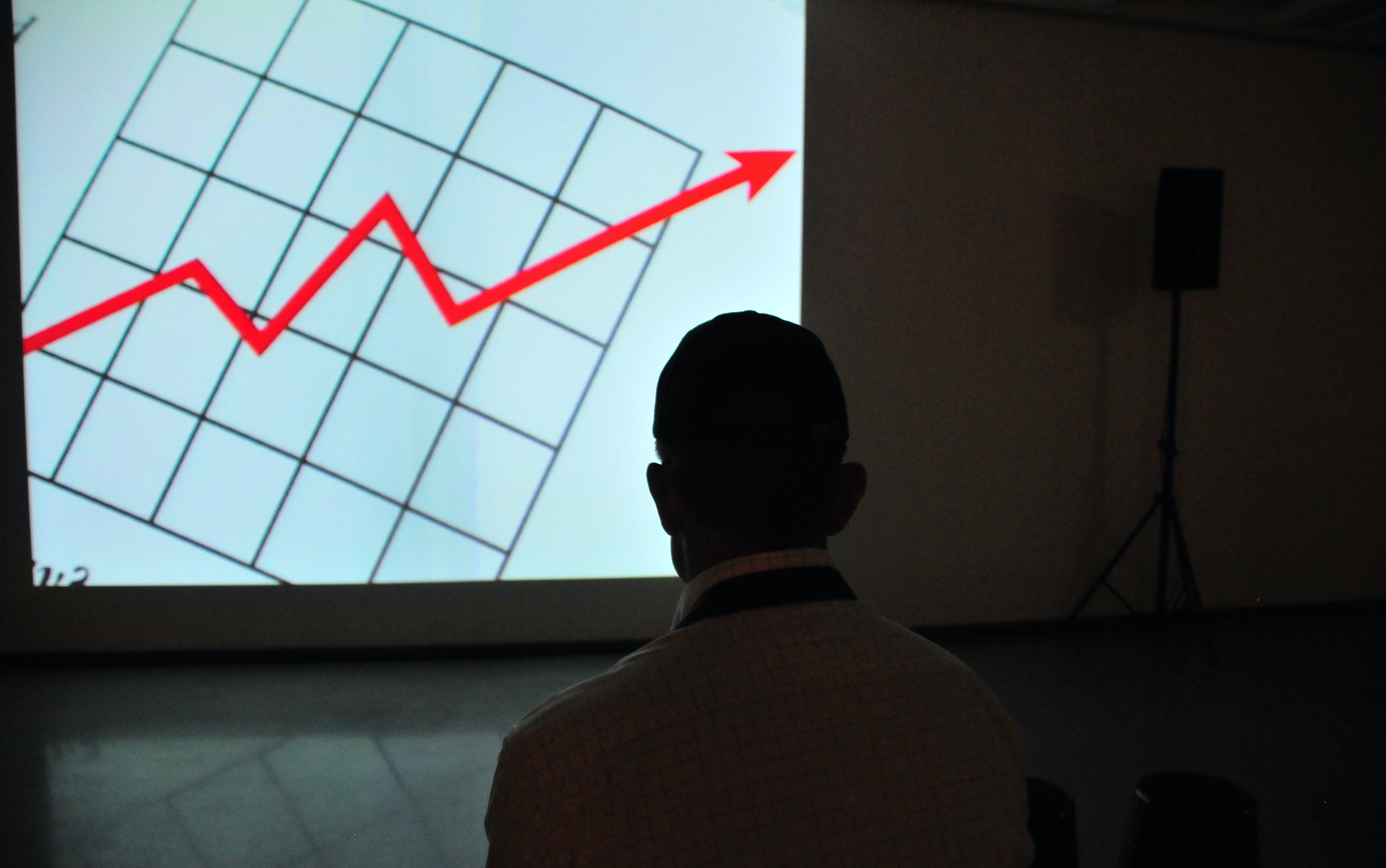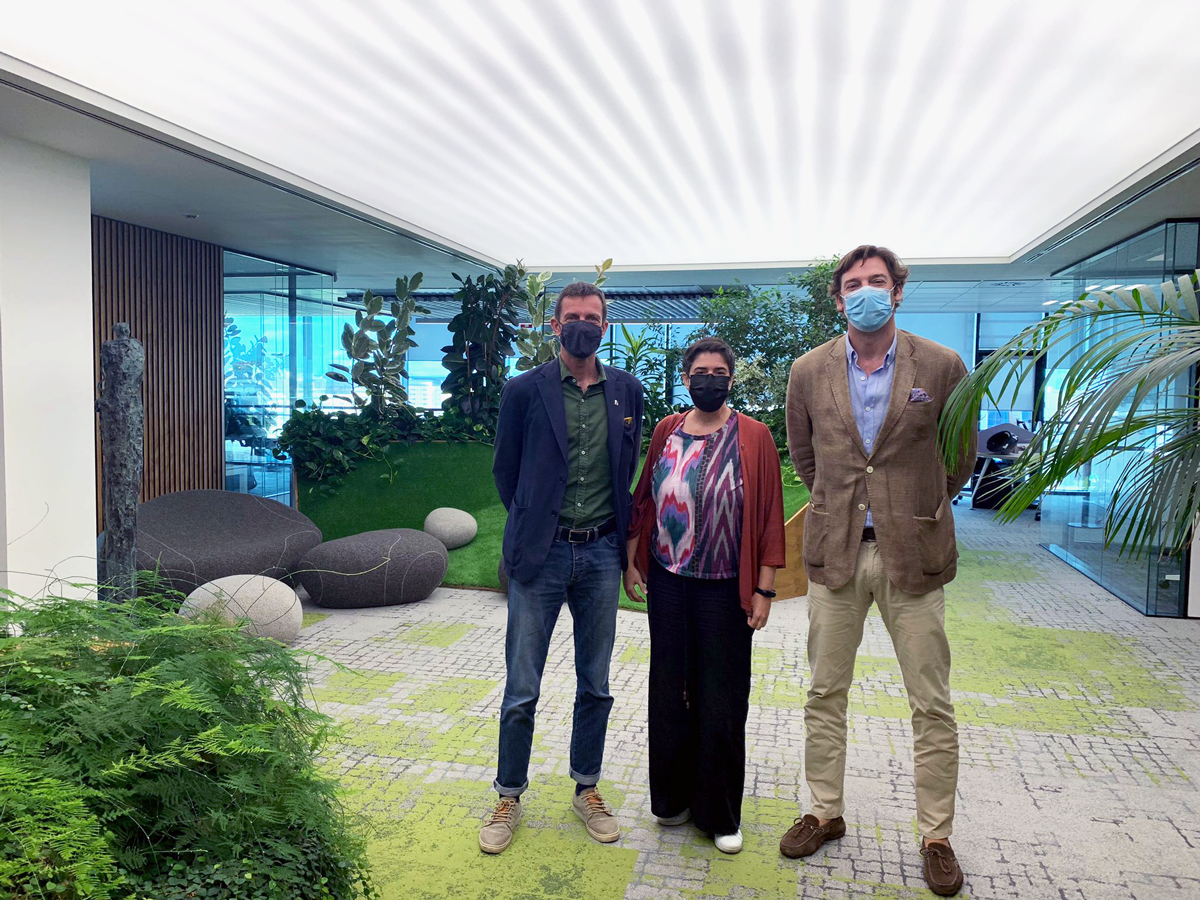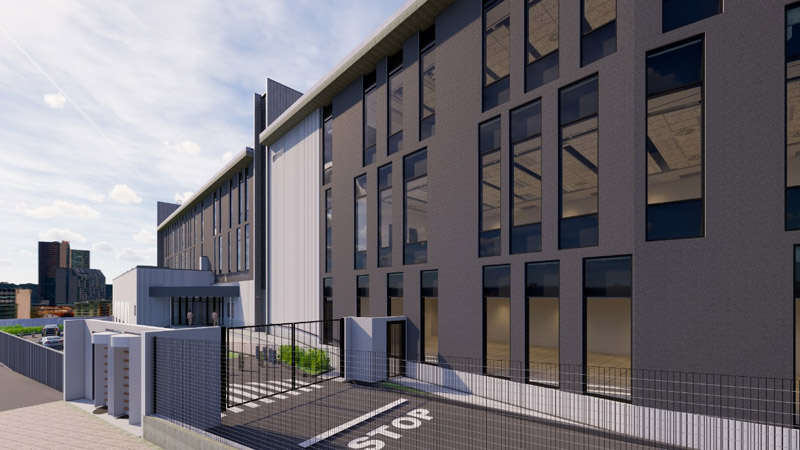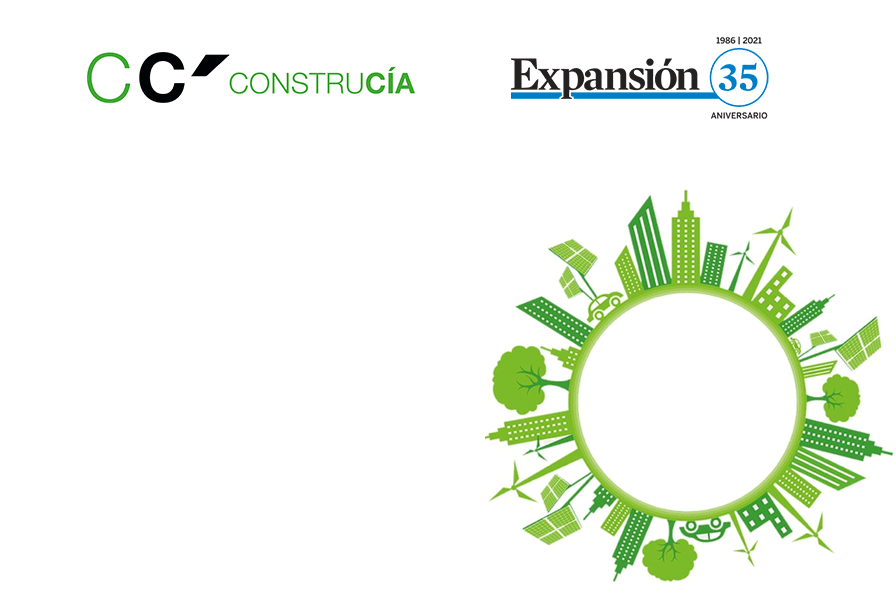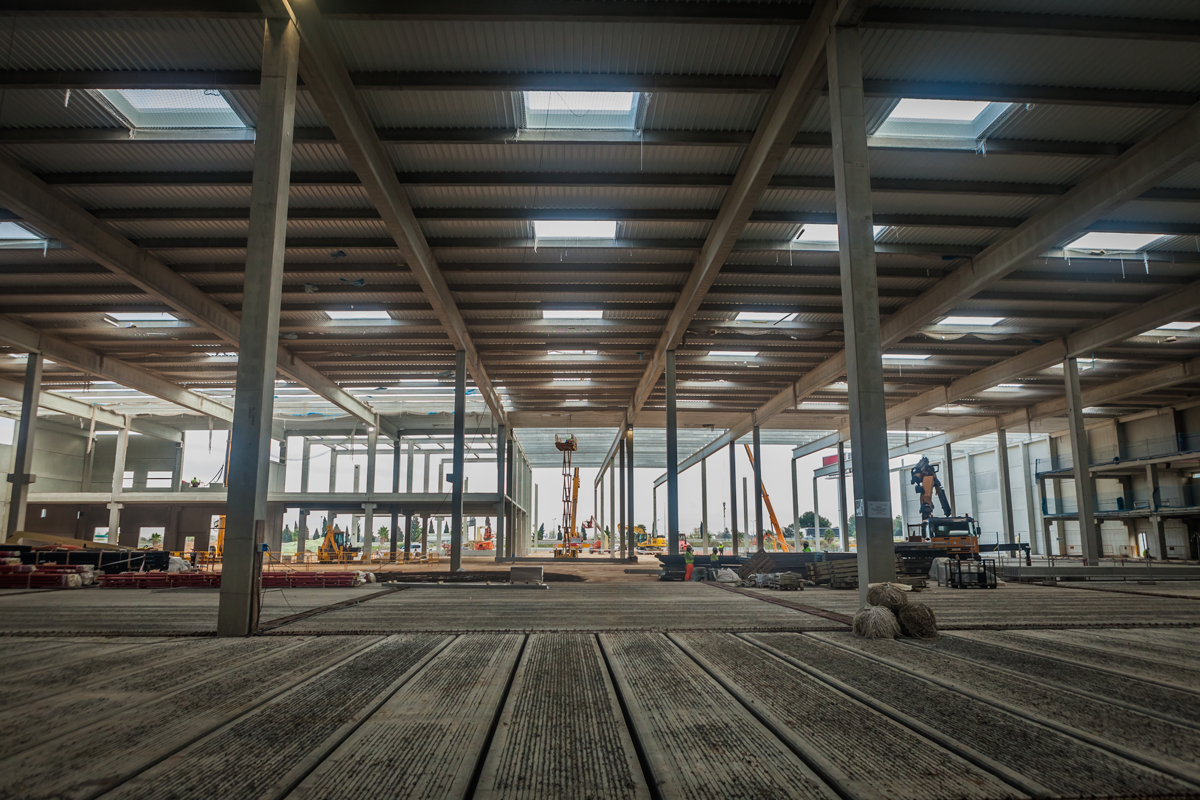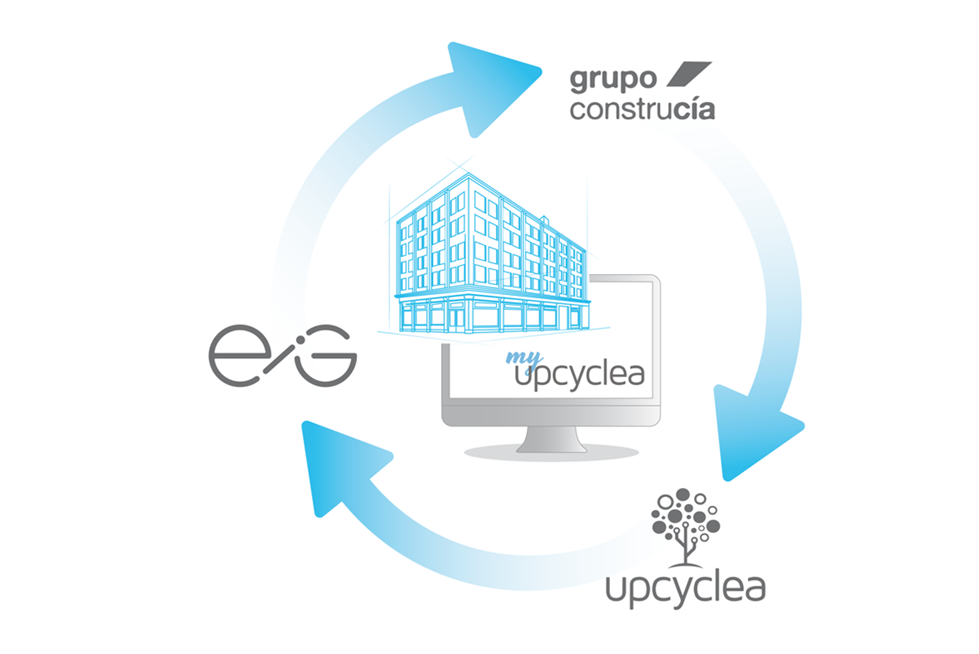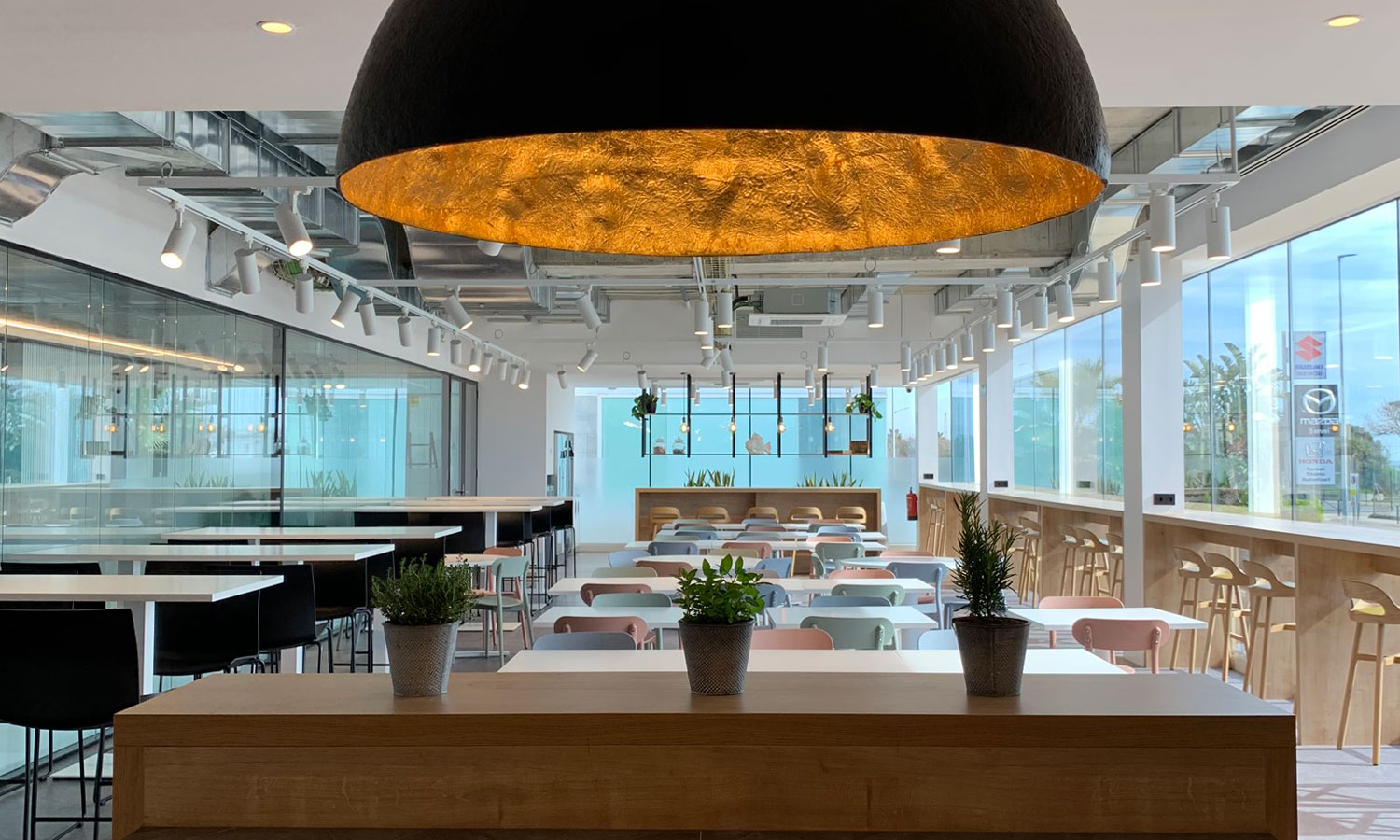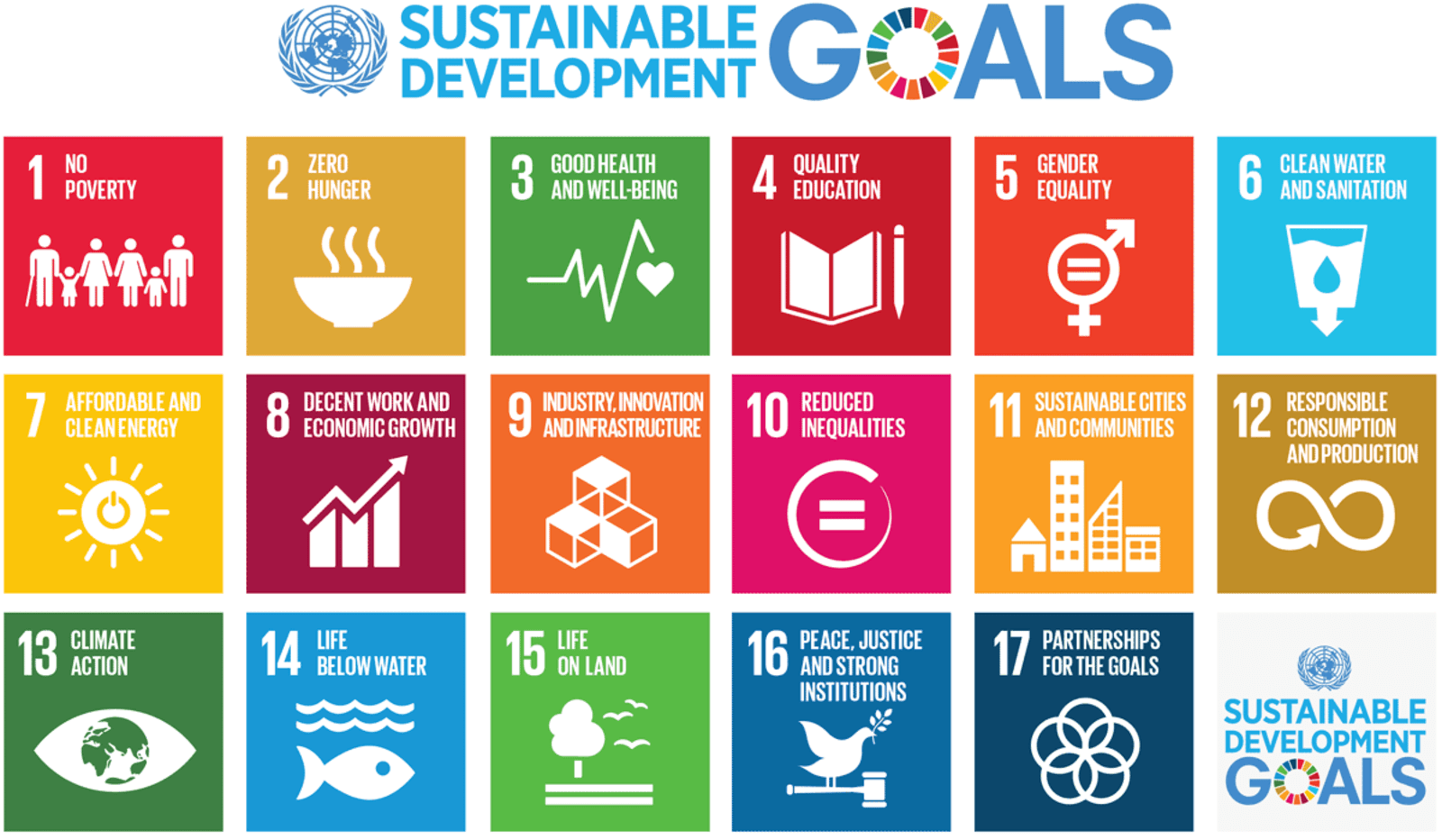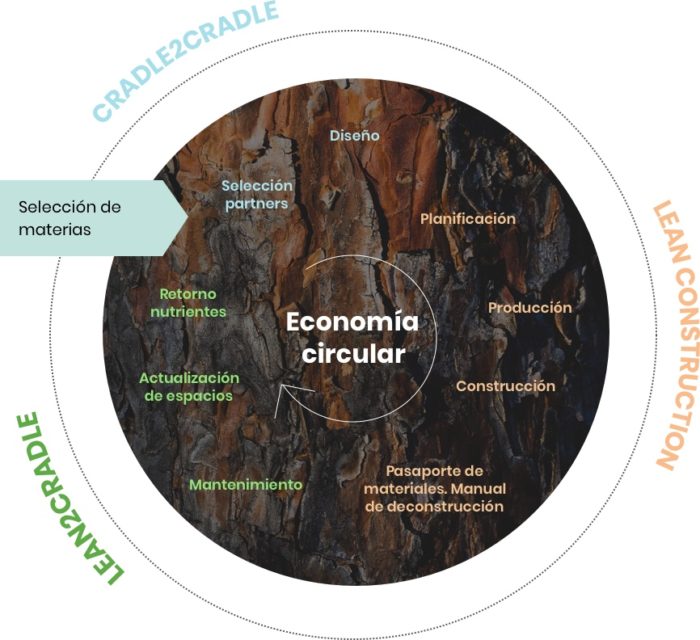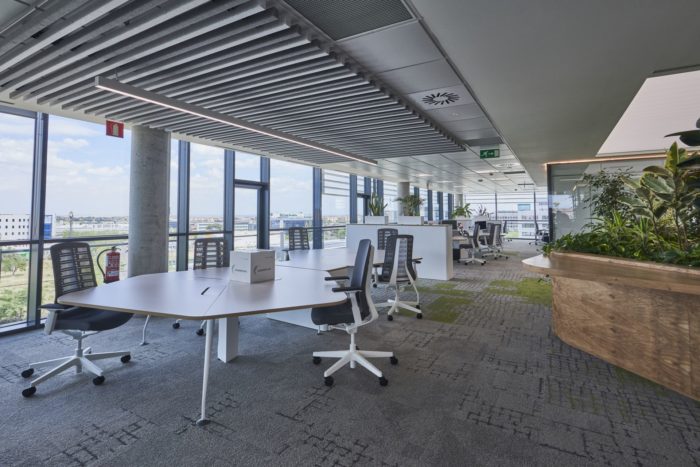“The time to act is now”, emphasized the Secretary-General of the United Nations, António Guterres, in reference to the annual UNO report on Climate Change presented last June.
The urgent need to slow global warming is real; if we want to save the planet, we have to change the way of producing that associates economic growth with the indiscriminate consumption of resources.
The circular economy has emerged as an alternative to the linear model that has been applied since the first industrial Revolution, when natural resources seemed unlimited. Now we know that a profound transformation is necessary in our production system with the aim of reducing the use of raw materials and fossil fuels, as well as the generation of waste materials.
Following the example of nature, in the circular model waste materials are converted into resources: the product is designed planning on its future deconstruction and in how to utilise each of its parts for other uses without losing value or using large amounts of energy in the process. That is, it is not valid to recycle in any way, this new paradigm seeks to minimize the environmental impact of human activity, but aims to do this in an effective and profitable way in the long term.
The action Plan for a circular economy of the European Commission indicates the construction sector as one of those that can contribute most to accelerating the transition to the circular economy. If we look at the figures, we will understand that: in Europe, this sector produces 35% of the greenhouse effect emissions and consumes a third of the water; in addition, construction and demolition waste (CDW) represents 30% of all waste generated in the EU.
Circular construction gives priority to the well-being of people and to the care of the environment, and provides large-scale benefits that are measurable from the beginning. Although it may seem to be the case, choosing this option over traditional construction does not necessarily increase either cost or execution periods, as long as the know-how of experienced builders is available and a specific methodology for the circular model is followed.
Circular construction will be the construction of the future, but the future is distant and the time to act is now.
In Spain we have already begun.











